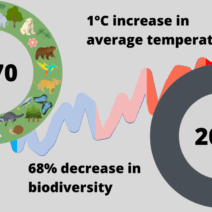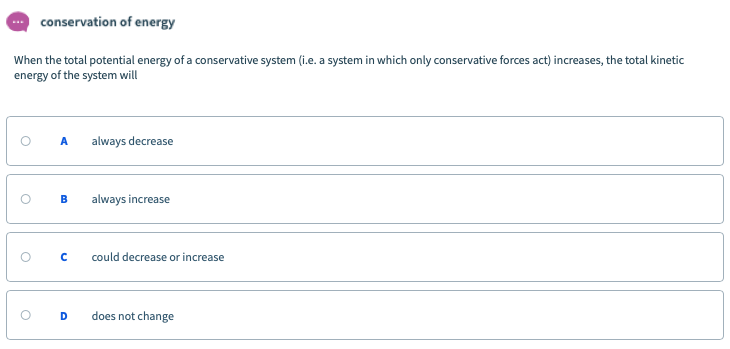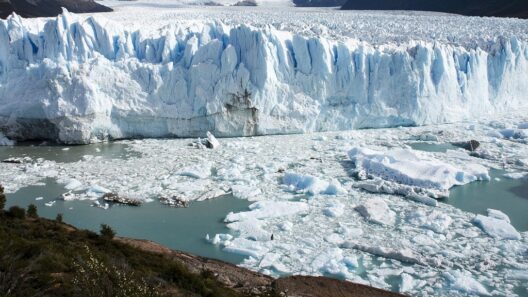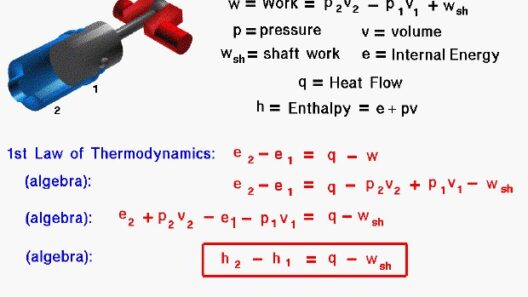In the realm of physics, understanding the principles governing one-dimensional conservative potential energy systems unveils fundamental insights into the behavior of particles and the energy conservation laws that dictate their dynamics. But what really occurs in such a system? How does energy transition between potential and kinetic forms, and what implications does this have for real-world applications?
At the heart of a conservative potential energy system lies the concept of potential energy, which depends solely on the position of an object within a force field. In a one-dimensional context, this field can often be represented graphically as a curve, where the vertical axis corresponds to potential energy (U) and the horizontal axis represents position (x). The defining characteristic of a conservative system is that the work done by external forces depends only on the initial and final positions of the object, not on the path taken between them. This intrinsic property allows for energy conservation—an essential principle of mechanics.
Imagine a particle moving along a narrow channel. It experiences varying forces as it navigates through regions of differing potential energy. In such a scenario, when the particle moves to a point of lower potential energy, it gains kinetic energy, conversely losing kinetic energy when ascending to higher potential energy landscapes. This interplay is often articulated through the principle of conservation of mechanical energy, expressed mathematically as:
TME = K.E + U.E
Where TME represents total mechanical energy, K.E denotes kinetic energy, and U.E signifies potential energy. The crux of this equation rests upon the idea that in a perfectly isolated system, total mechanical energy remains constant throughout the motion of the particle.
Consider a classic example: a mass attached to a spring. When compressed or extended from its equilibrium position, the spring exerts a restoring force that acts to return the mass towards that equilibrium point. The potential energy stored in the spring, governed by Hooke’s law, is given by:
U(x) = (1/2)kx²
Here, k is the spring constant, and x denotes the displacement from equilibrium. As the mass moves away from the equilibrium position, energy oscillates between kinetic and potential forms. In an ideal scenario devoid of friction or air resistance, the system will exhibit simple harmonic motion—a periodic oscillation that elegantly reveals the principles of energy conservation. Thus, the total energy remains constant while the kinetic and potential components continually convert into one another.
Now, let’s introduce a more challenging consideration: What happens if energy losses are factored in? Real-world systems are rarely perfect. Friction, air resistance, and other forms of dissipative forces can significantly affect the dynamics of even the simplest one-dimensional conservative systems. When energy is dissipated, the conservation of mechanical energy no longer holds in its strictest form. In such cases, the mechanical energy will decrease over time, with some amount being converted to thermal energy, sound, or other forms during the interaction with the environment.
This interplay between conservative and non-conservative forces opens up avenues for practical applications. Take the design of roller coasters, for instance. Engineers meticulously calculate potential and kinetic energies at various points along the track, ensuring that height is adequate for safe descent while managing energy losses to non-conservative forces. The thrill of descending at high speeds derives directly from the conversion of potential energy into kinetic energy, epitomizing the magnificence of energy transformations.
A deeper analysis leads to the exploration of the potential energy function itself. In one-dimensional systems, potential energy can take various forms; it could be linear, quadratic, or even more complex, such as a polynomial function or a sinusoidal wave. Each distinct energy profile yields different dynamic behaviors. For instance, a quartic potential can lead to multiple equilibria, fostering rich and complex particle motion that can lead to chaotic systems under certain conditions.
A more complex notion involves the concept of phase space, a multidimensional space constructed of all possible states of a system. In such frameworks, the energy landscape can be visualized in a manner that elucidates the stability of different equilibrium positions. One-dimensional conservative systems, while appearing straightforward, extend their significance well into more complicated theoretical domains, including classical and quantum mechanics. The transitions between potential wells and their implications can be profound, influencing phenomena such as tunneling in quantum mechanics.
To encapsulate these ideas, one might pose a reflective question: How might our understanding of one-dimensional conservative potential energy systems apply to contemporary challenges, such as optimizing renewable energy resources or improving energy efficiency in mechanical systems? Understanding the subtleties of energy conservation, potential functions, and dissipative forces brings us closer to innovation in technology that adheres to the principles of sustainability.
In conclusion, the dynamics of a one-dimensional conservative potential energy system serve as a cornerstone example in the broader landscape of physics, illustrating fundamental principles that govern behavior in all realms of energy and motion. By comprehending these concepts, we lay the groundwork for not only theoretical explorations but also pragmatic applications, ensuring a more energy-conscious future.








